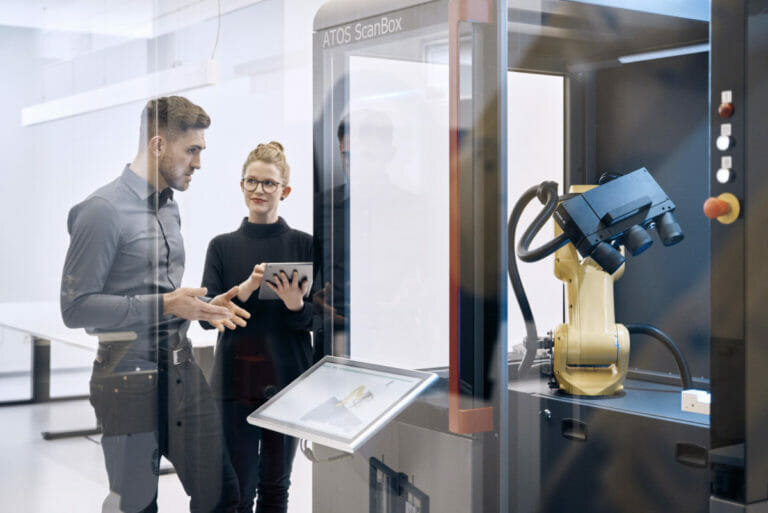When your business is in the process of developing a new product, there’s an awful lot to consider. Costs and return on investment, market values and the deadlines leading up to the final launch. Not to mention the industry standards that need to be met while remaining competitive.
COVID-19 has demonstrated that major events can have a profound impact on manufacturing operations. They have experienced huge delays in production which has meant large backlogs in all departments and it has also revealed weak points in outdated systems and processes, which have ultimately affected how well manufacturers were able to respond to the pandemic.
Now, with Covid gradually losing its grip on the world, there is a substantial increase in demand across all sectors as people are desperate to return to normal life. This highlights an urgent need for action in the way that manufacturers are doing business, and this must start with improving innovation capability within manufacturing firms and across supply chains.
Industry 4.0 refers to the fourth industrial revolution, in which businesses will be able to deliver a more responsive, adaptive and connected manufacturing process. Already, businesses are using technology such as machine sensors to collect large quantities of information and with this kind of innovation, the job roles necessary in the industry are shifting. In some cases, this means some staff members need togain additional skills to control and maintain the new equipment. In others, teams are investing in sophisticated automated equipment with a simple user interface and integrated software that anyone can use.
The ATOS ScanBox is simply designed to be the workhorse of modern metrology while fully meeting the demands of Industry 4.0. Measuring all shapes and sizes of components, from something that fits in the palm of your hand, right the way up to a full car body and everything in between.
Castings, sheet metals, injection moulded plastics and additively manufactured parts from any and all industries can all be accurately and efficiently measured in a ScanBox without needing any special qualifications to programme it. This means areas such as quality control and PPAPs (production part approval process), can go from being slow and labour intensive, to efficient, consistent and fully traceable.
3When prototyping components for a new product, the ScanBox can quickly create a digital twin of the part ready for inspection in the GOM Inspect Suite. And when we say digital twin, we really do mean twin. Using the industry leading inspection tools such as digital assembly, you can check if and how parts will fit together before they make it to final production.
Things like flush and gap checks are essential in the automotive industry and the GOM software can complete them in a few seconds. The parts don’t even need to be in the same factory! With the GOM Inspect Suite software, engineers from different plants can analyse data from multiple other sites quickly and easily and send report pages highlighting potential issues or necessary changes back to their colleagues. This allows the manufacturing teams to adapt their processes, accordingly, saving time, money and materials.
Functions such as Kiosk Mode are ideal or batch processing and compliance testing a finalised component.
A few clicks on the ScanBox and a measurement program is created which can be repeated over and over again at just the touch of a button. Even things such as temperature fluctuations are automatically checked by the ScanBox and the system adjusts itself accordingly.
In the last few months we’ve seen an increase in production moving back to the UK as an impact of both Brexit and the Covid travel restrictions – this “re-shoring” is bringing much needed money into the UK economy and will help meet the increased demand. These newly established factories will face the same quality control challenges as their well rooted counterparts but using the data-rich reports and digital twins created using the ScanBox to reverse engineer new parts, they will ensure these new components are identical to the originals. A task that would have taken weeks and multiple wasted batches of parts is now quick, precise and accurate. After nearly a year and a half of uncertainty, it is excellent to see the manufacturing industry in the UK getting back on its feet.








